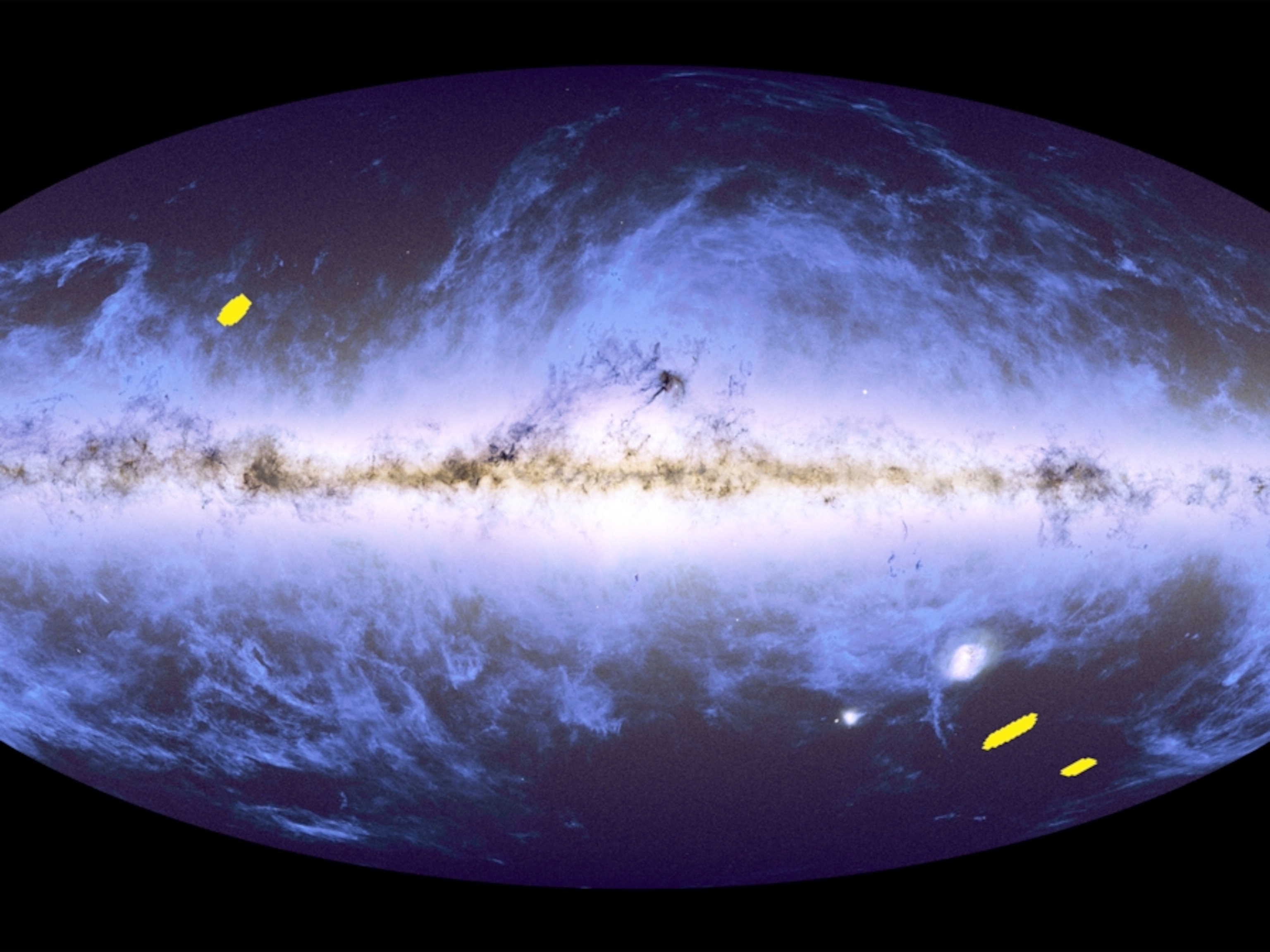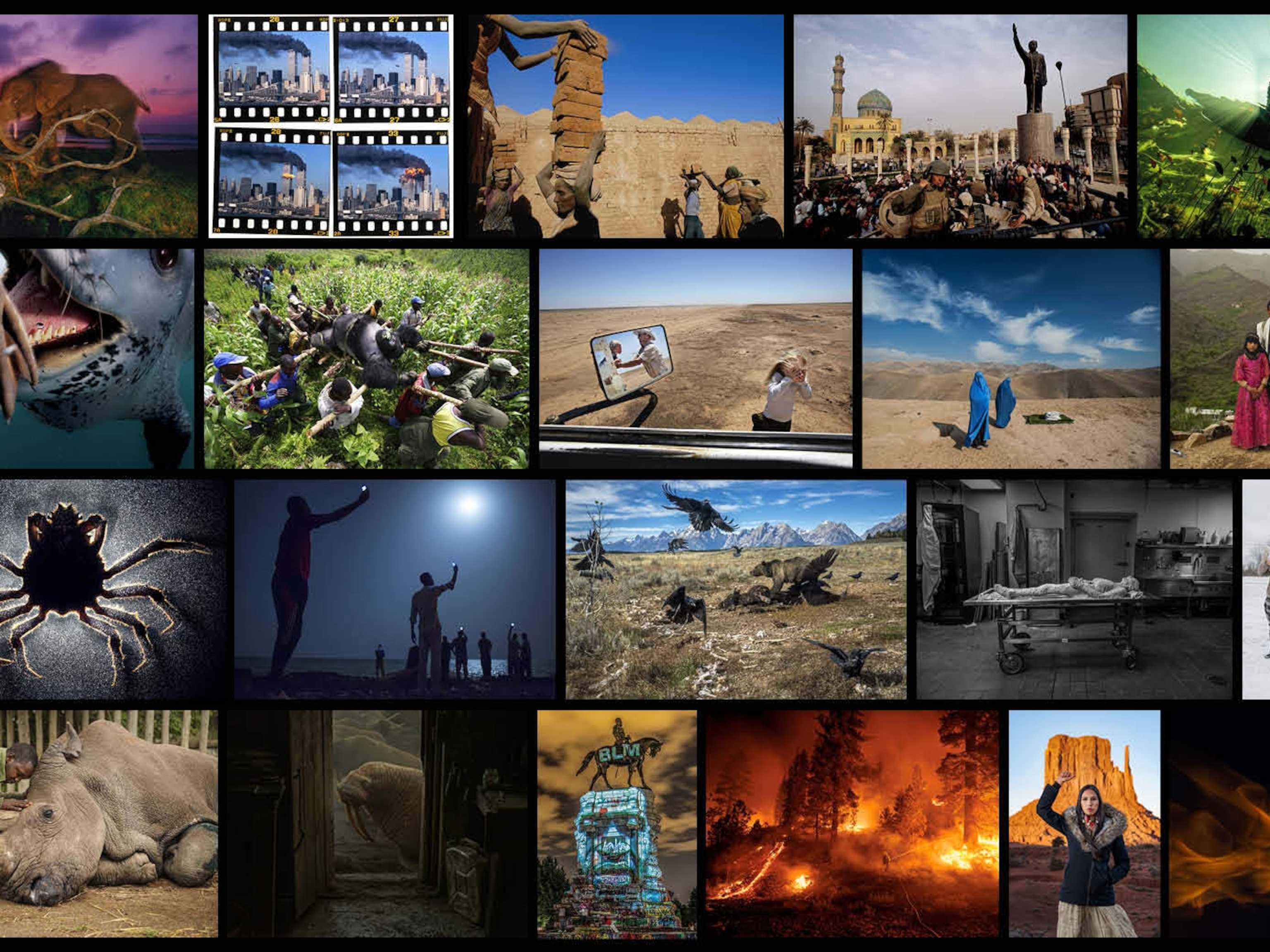If you see any photographs of the James Webb Space Telescope being built, it’s a good bet that Chris Gunn made them.
In 2009 NASA selected Gunn as the full-time scientific and technical photographer to embed with the engineering team at the Goddard Space Flight Center in Greenbelt, Maryland. He spent 12 years documenting the observatory’s construction, from the arrival of the first “chassis” to its launch into space. Did Gunn capture every nut, bolt, and mirror? “In a generic sense, yes, but I’m sure there are some nuts and bolts that I didn’t photograph,” he replies with a chuckle.
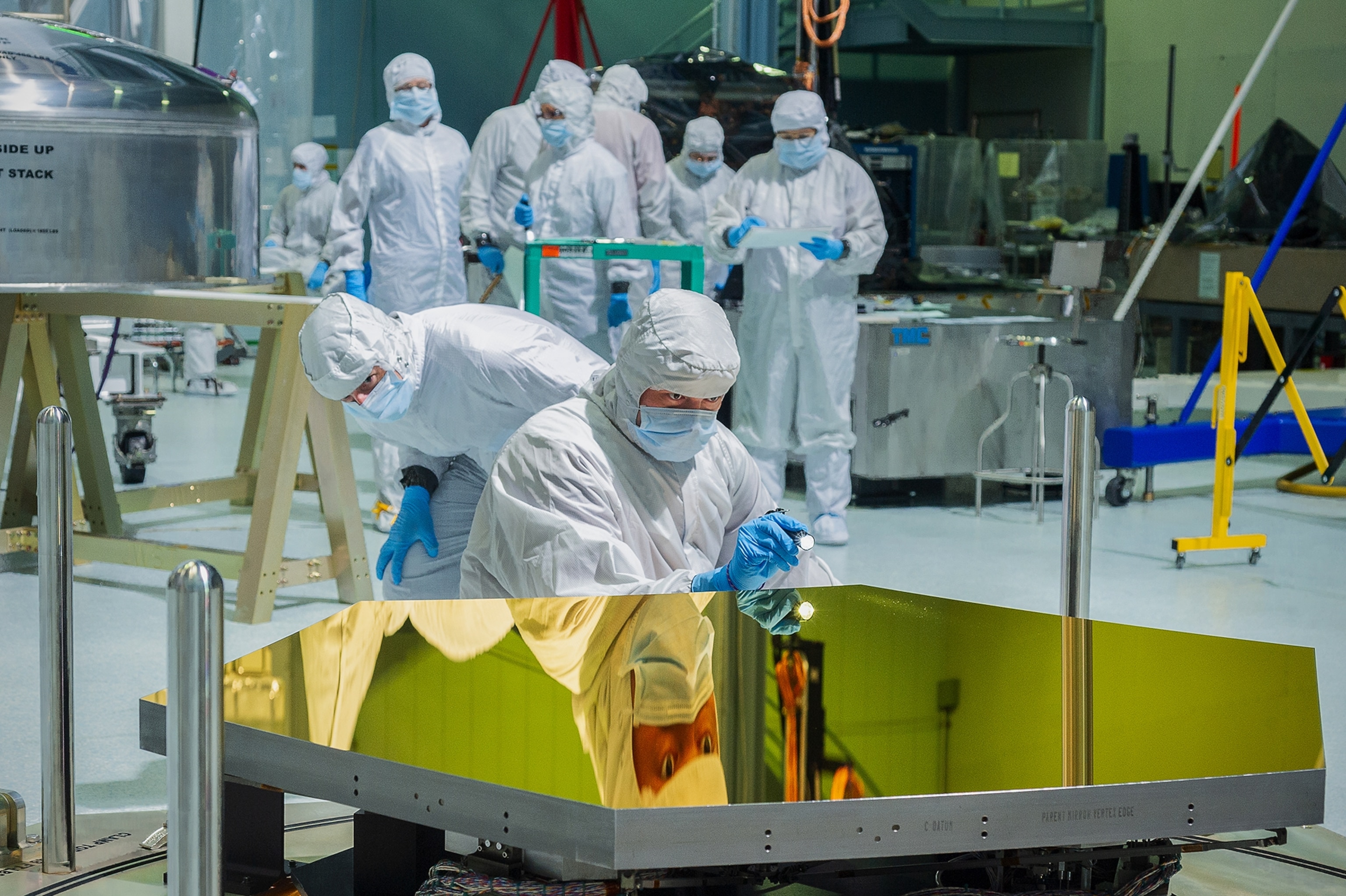
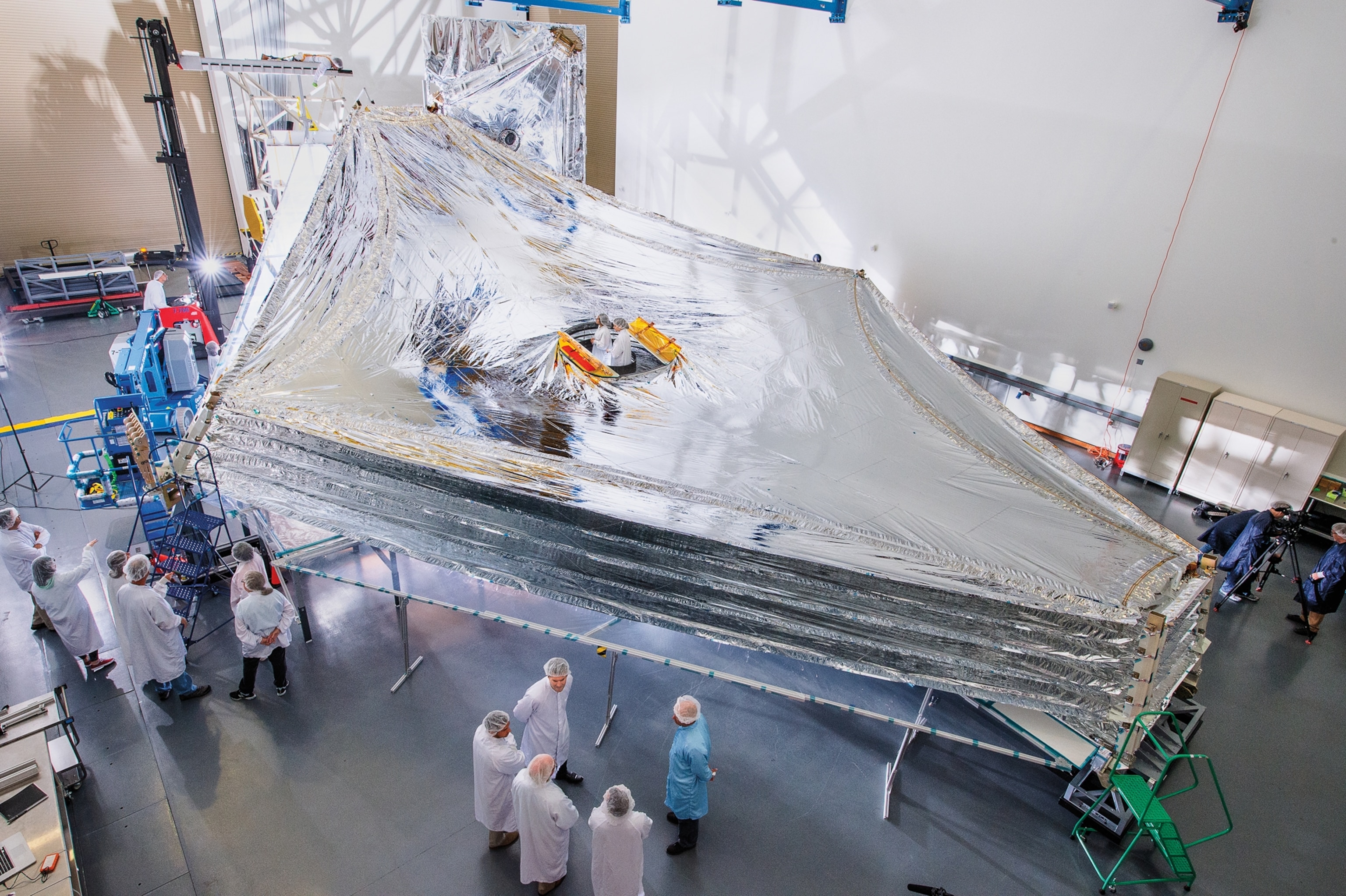
“For me, the magic comes when the big pieces start to get assembled and you can start to call it a telescope,” he says. “When some of the more exotic parts, like the mirror, started to show up, you really knew that this was something special. Indeed it was.”
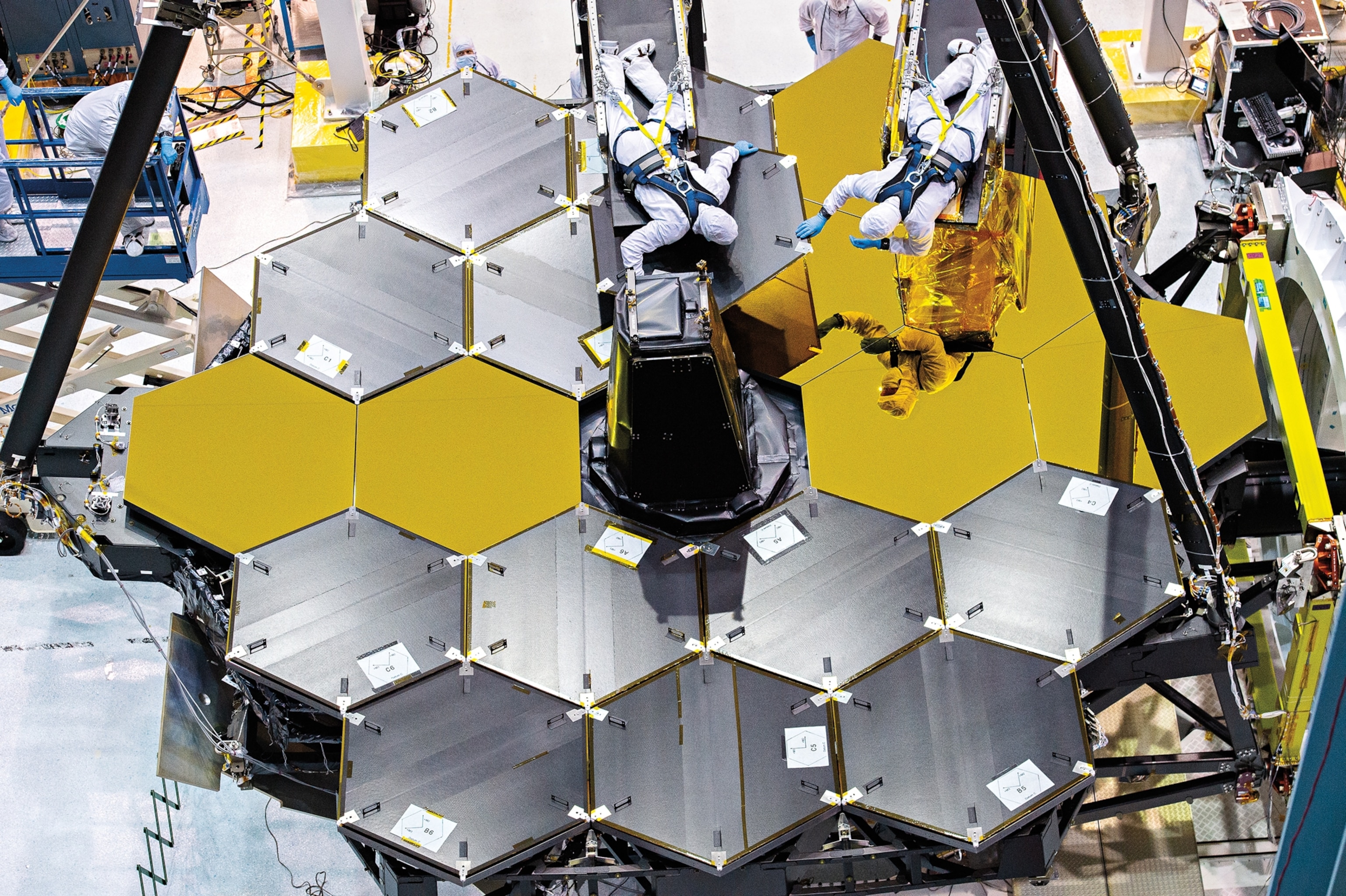
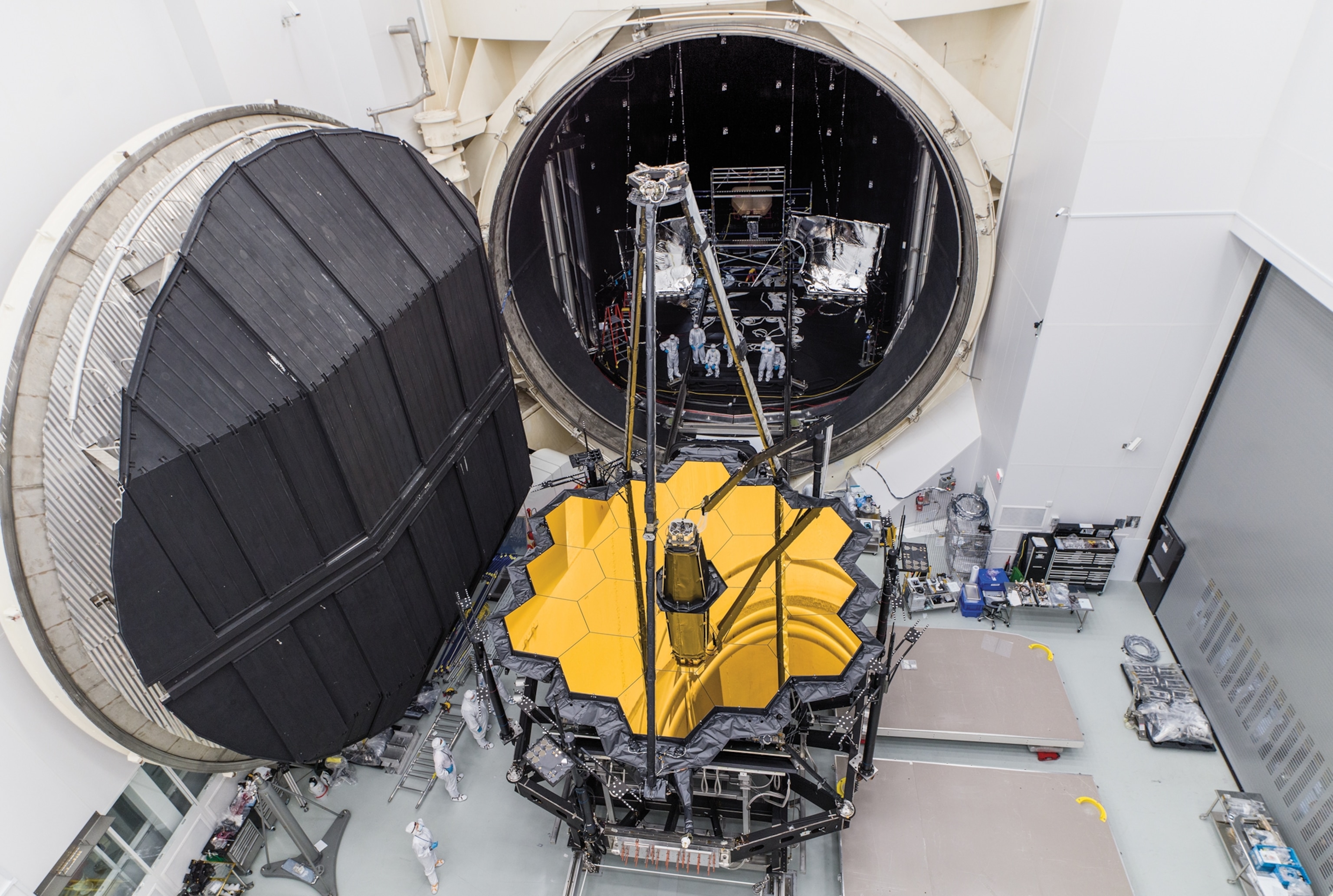
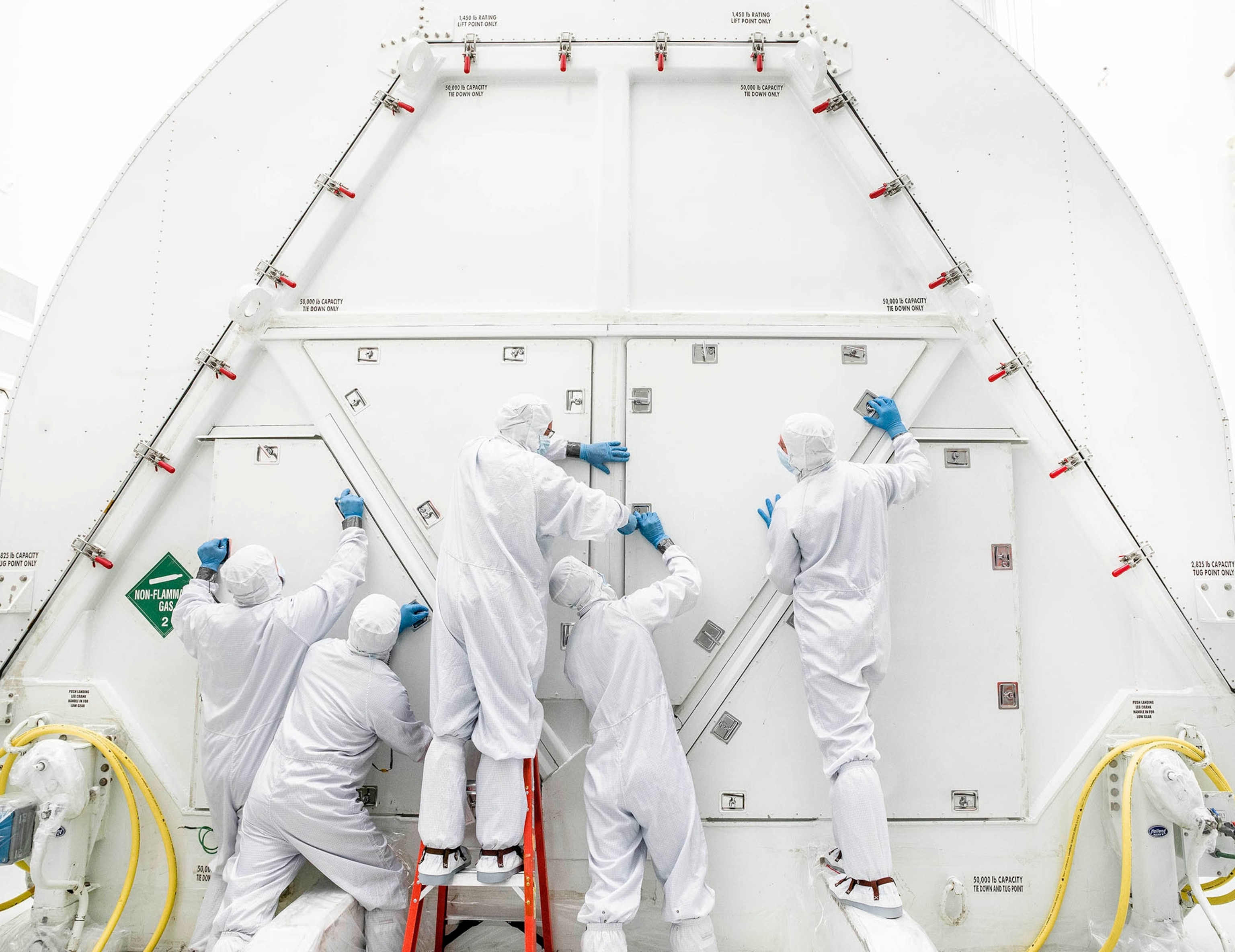
According to Gunn, some NASA managers consider the JWST “to be on par with the Apollo missions from the standpoint of it being something that hadn’t been done before.” The largest instrument of its kind, the observatory is now a million miles from Earth.
(The world’s most powerful telescope is rewriting the story of space and time)
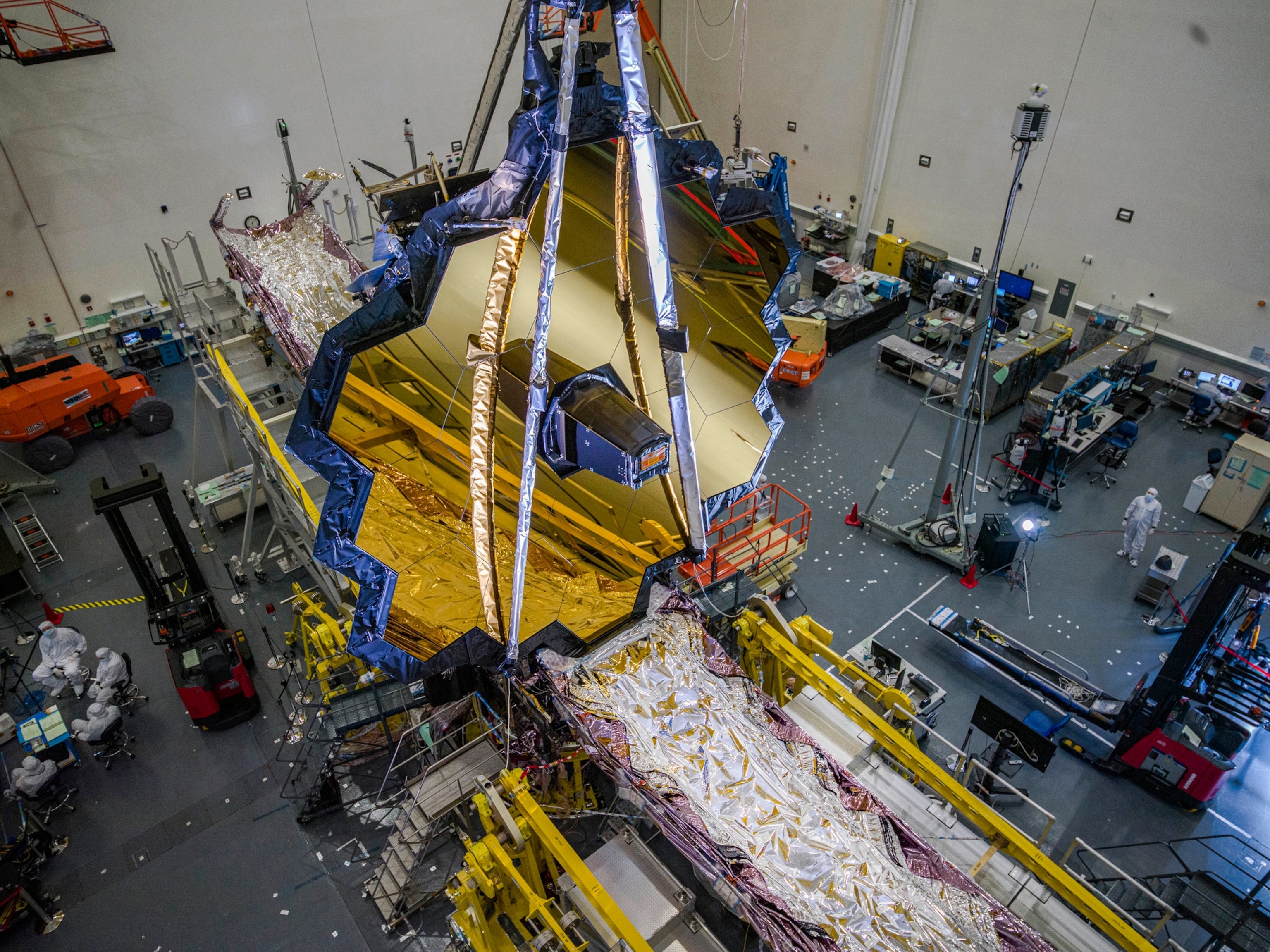
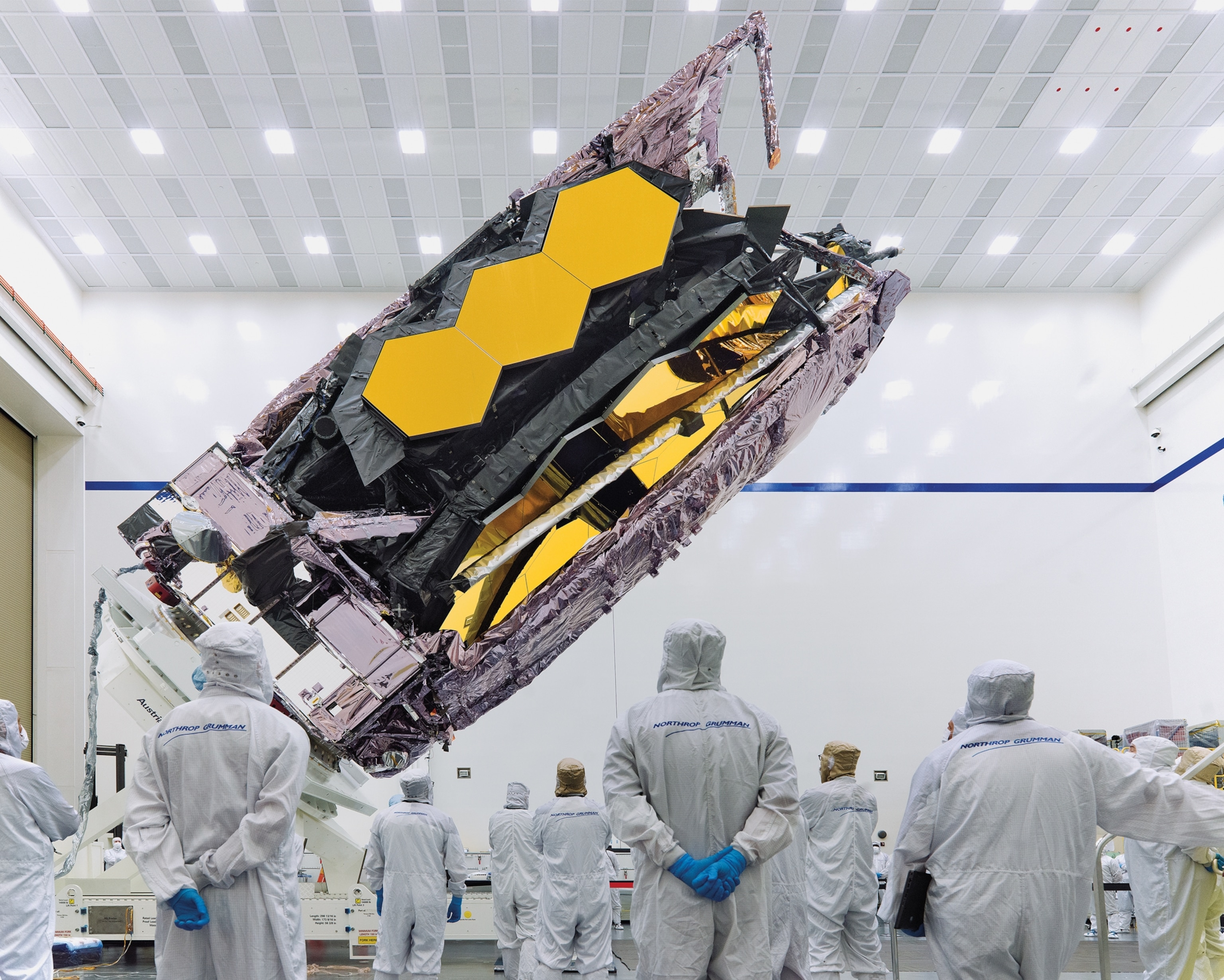
When Gunn witnessed the launch of the JWST in Kourou, French Guiana, on December 25, 2021, he felt a mixture of joy, anxiety, and hope. “There weren’t any tears, but I was definitely choked up,” he says. “I mean, I was speechless. The only other thing I’ve done for that length of time was stay married and raise my kid, but that’s a long time to work on a project. It was very, very rewarding.”
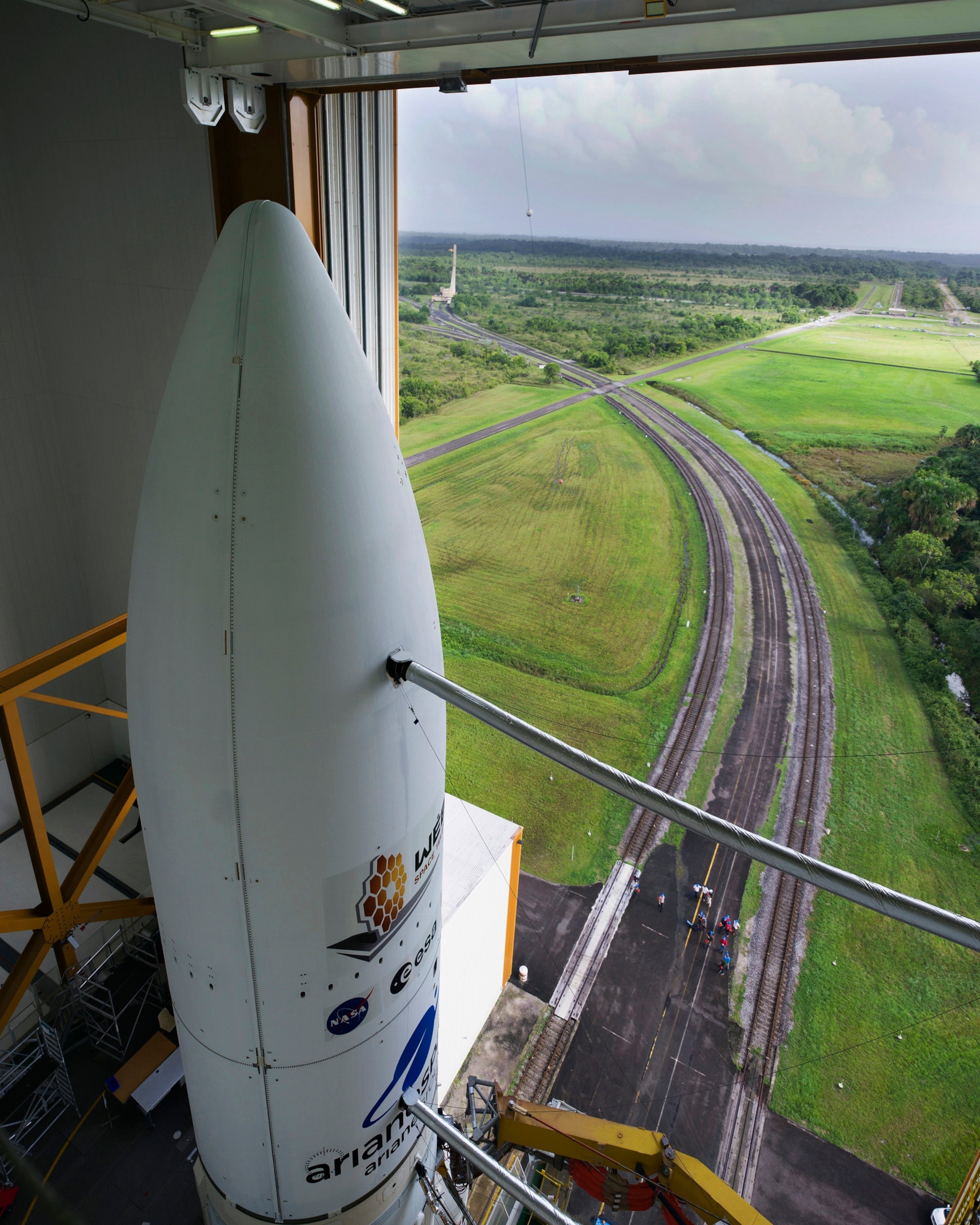
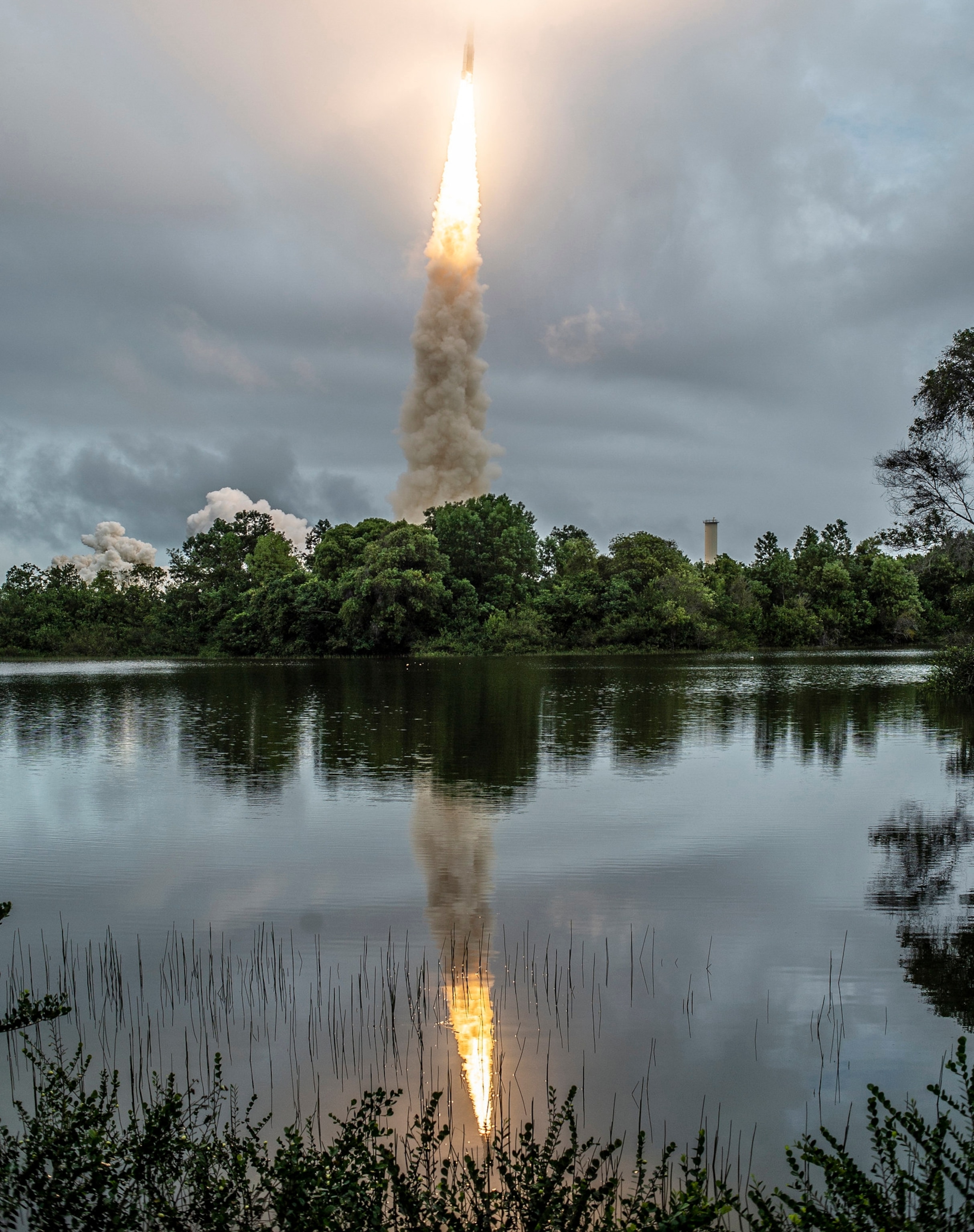
A version of this story appeared in the October 2023 issue of National Geographic magazine.




